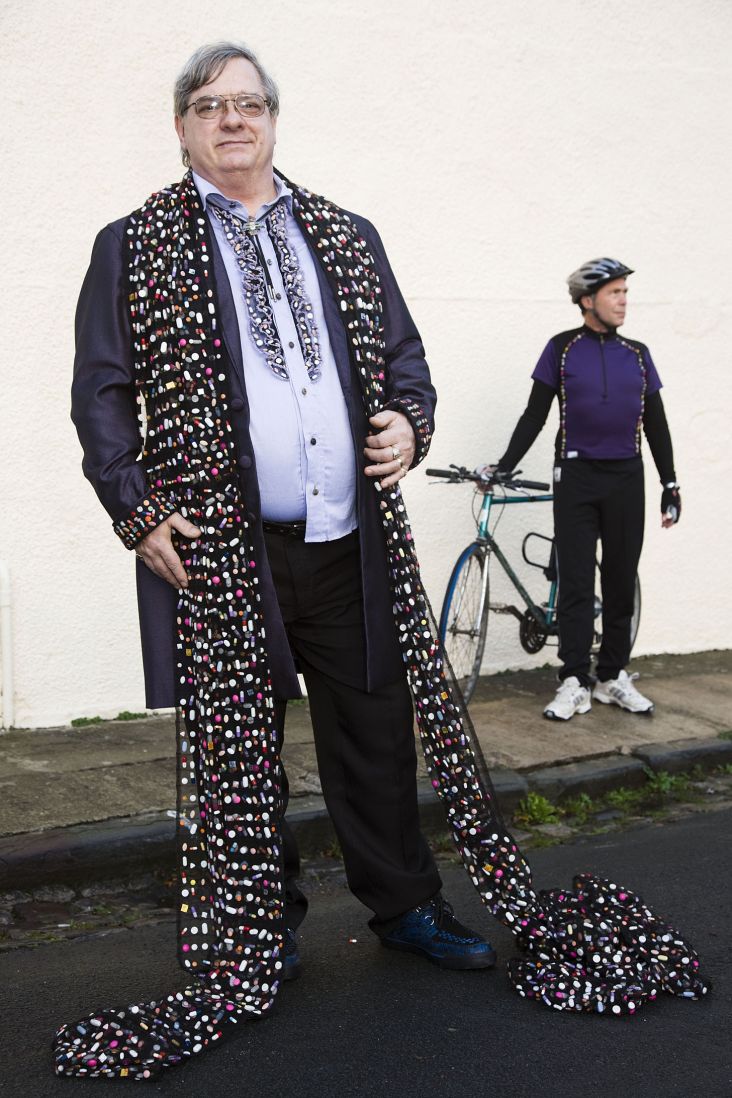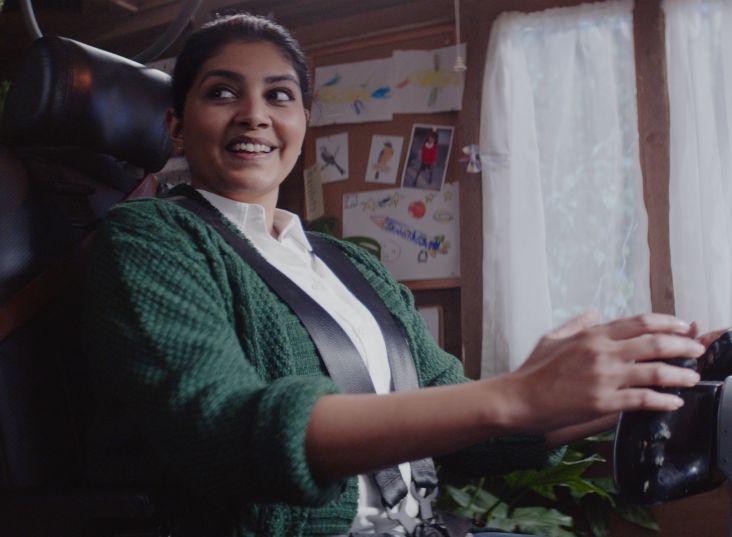Brief encounters: How to change your clients' briefing habits and nail their objectives
Following on from his article on developing a fairer, more productive pitching process, Mark Davis, co-founder and creative director of property branding agency me&dave, offers insights and tips on the art of getting your clients to write better creative briefs.

Image licensed via Adobe Stock
As creative partners to real estate's game-changers, creating and strengthening the built environment's brands is our bag. But, for all the positive change we've recently experienced within a sector once accused of lack of creativity, something's misfiring: the sacred art of briefing's being lost. And we have a sneaking suspicion it's not just in our world that this is the case.
A brief is the DNA of a project – the kit of parts providing all you need to build it. So why do so many have key pieces missing?
It's time to act. Here's a handful of 'please dos' and 'absolutely don'ts' to jump-start the revival and get your clients back on track to briefing like a boss.
1. Watch out for copied and pasted briefs
Lifting someone else's words is lazy. Your clients would be pretty annoyed if you sent them something they'd seen elsewhere, so why is it OK for you to receive a brief you've seen a thousand times before? Don't accept the old 'it's just like the last one' line. They know their project better than you do at this stage; squeeze it out of them.
And tell them to write it as they'd say it. When asking for a brand that's 'unique' and 'original', do they literally mean the first and only of its kind and totally unlike anything that's gone before? Or is it something more nuanced? In our experience, the way a question or direction is phrased can have a massive impact. Don't accept clichés.
Perhaps the competition all looks the same, and they want to position their product, so it stands out from other stale brand aesthetics? Or maybe they're hoping to leverage something unusual about the design, location or processing power to add value and make it aspirational? They don't have to be utterly unique to achieve this. They just need to give you the seed – that hook on which you can hang an idea and create something ownable. Reveal it, and they've already gone a long way towards nailing the brief. Your job is to unearth it before you start work, not four weeks in.
2. Do not over-inflate
Don't be afraid to challenge. When we get a brief we like to have a good prod and poke around before anything else. If we feel something isn't holding water, we'll investigate.
As Zia Zareem-Slade, customer experience director at Fortnum & Mason, put it, "To have a brief that is unchallenged is disappointing. A challenge doesn't have to be disagreement or a difference of opinion – it can be an enquiry."
We're slightly speculating here, but we sense some feel the need to over-hype briefs to make agencies bite. This is natural to a degree, but there's a tipping point. In the short run, yes, agency appointed. But, as time goes on, it becomes clear that the brand and the product don't match up. It's easier to avoid this when you have a strong, long-standing relationship but, even if you don't, try and get to the truth no matter what.
A brand's job is to give the best possible account for the product, not put it on a level where it can't compete. It's got to be true to itself, which is why positioning is such an important part of the process. Oh, and push back on any 'catch-all-ness'. They can't be all things to all people – why are we still getting target audience lists as long as our arm? Make them narrow it down.
3. Talk it out
Two sentences with the power to make any creative agency shudder: "Whatever you think is best" and "We'll know it when we see it."
The best way to avoid this is by sitting down at a table and having a chat. It's not unusual for creative teams to write their own briefs. Most are more than happy to consolidate ideas and type up a breakdown of a project – but we need to hear about it first. We know how fast-paced the world is, but scrabbling together a brief from a few forwarded emails doesn't work.
In our haste to keep up with the digital world, we seem to have lost the art of the written word. Maybe it's time to reconnect with some of the 'old ways'. Face-to-face conversation, notepad, pen. That would be an excellent place to start.
4. Beware the chameleon project
Something so simple, yet often overlooked, is how crucial it is for anyone involved in the decision-making process to be part of the briefing. Otherwise, the project risks becoming a 'chameleon' (where the goalposts keep changing, causing eternal frustration for the agency and, ultimately, the client when they don't get what they want).
There's a simple solution: do your due diligence on who the key players are likely to be and don't take a shrug for an answer. They may not care right now, but they sure as hell will when their brand's bent out of shape from too many cooks popping their heads in.
Recap time
- Break the template
- Find the truth
- Get face to face
- Keep everyone on the same page.
A brief is a direction to interpretation, not an exposition. That's precisely why they're so challenging to write. But don't think that's an excuse – limp, anaemic briefs starved of insight, inspiration or direction help no one.
So, stop where you are, shut the laptop, put the pen down (for now) and pick up the phone. What are your clients really thinking?

























